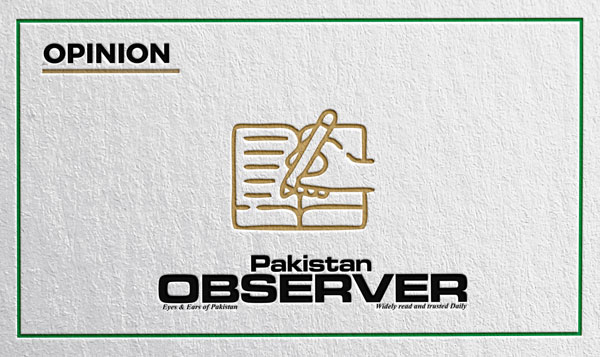Articles and letters may be edited for the purposes of clarity and space.
Transport caution
I write to highlight the pressing need for improved public transport in our city. The current system is inadequate, leading to congestion, environmental concerns, and inconvenience for residents.
Investing in efficient, accessible, and eco-friendly public transportation can alleviate traf-fic congestion, reduce carbon emissions and enhance the overall quality of life for our com-munity. A well-connected public transport network promotes inclusivity, making it easier for everyone to access education, employment and essential services.
I urge policymakers to prioritize sustainable public transport solutions, including better bus routes, expanded metro services and incentives for eco-friendly commuting. By doing so, we can create a more environmentally conscious and accessible city for generations to come.
SAIFULLAH
PAHORE
Via email
Pervasive poverty?
There are two kinds of poverty namely: absolute poverty and relative poverty. Absolute poverty is when people are unable to afford the sufficient necessities to sustain themselves. These necessities include water sanitation facilities, food, healthcare facilities etc., whereas relative poverty refers to the level of household income that is less than a specified proportion of the country’s average income and inequality refers to the degree to which income or wealth are distributed unequally throughout a population. However a question often arises is poverty really a natural phenomenon and can it be broken or changed? Marxist theories that inequality and poverty are functional components of the capitalist mode of production: capitalism necessarily produces in egalitarian social structures. Inequality is transferred from one generation to another through the environment of services and opportunities which surrounds each individual. This is what is referred to as the cycle of deprivation.
Poverty is preventable. As a nation, we simply need to build the political will to enact these intersectional policies so that all residents can attain their dream, because only with a stable economic situation can Pakistan remodel its current situation cause if we look back at history. A major reason why Pakistan is still behind the rest of the fast moving dynamic world is due to lack of educational opportunity unstable government and ineffective governmental policies that failed to benefit the nation. Pakistan faces poverty on a large scale because there is unequal distribution of wealth as the wealth be it in form of land or money both lies in hands of power elite which uses it as a mechanism to exploit the poor and its excruciating that major population lacks basic necessity when we enjoy luxury and people continue to oppress the working class.
SARA AHMED
Karachi
Math anxiety
A typical emotional response known as “math anxiety” is characterised by trepidation and fear of mathematics. When faced with mathematical issues or tasks, those who suffer from math anxiety may feel tense, apprehensive, or even panicked. This emotional reaction may make it more difficult for them to do well in math-related tasks, which may have an impact on their academic and career goals. There are many different causes of math anxiety, includ-ing pressure to perform well, bad experience in the past, and societal perceptions about math. In certain cases, anxiety is exacerbated by a lack of confidence in one’s mathematical apti-tude, leading to a vicious cycle.
To combat math anxiety, one must cultivate a positive outlook and increase self-assurance in one’s mathematical abilities. Techniques for reducing anxiety include simplifying difficult issues, highlighting practical applications and offering encouraging learning environment.
In order to overcome math anxiety and foster a positive relationship with mathematics, it is im-perative to support a growth mindset in which people feel that they can get better with effort. People can ultimately realise their full potential in mathematical endeavours by admitting and resolving their math fear.
AREEBA AFZAL ARAIN
Khairpur










